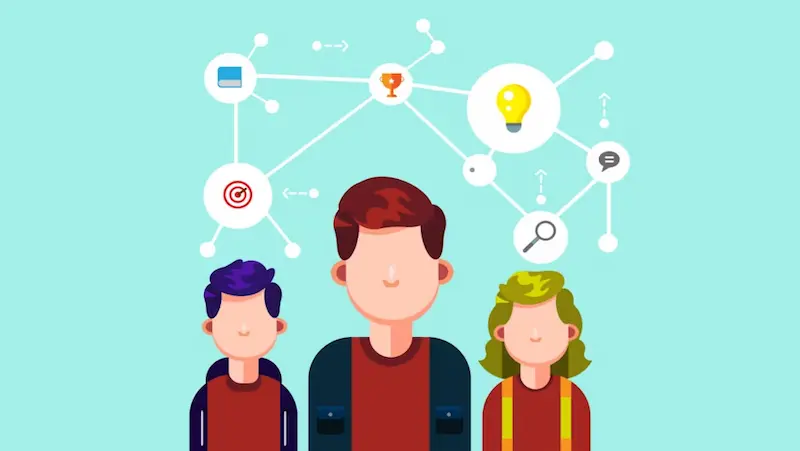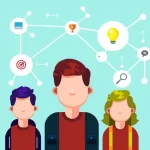In the fascinating world of learning, there exists a magical key that unlocks the potential of a child’s mind: visualization and mind mapping techniques. As children navigate through their academic journey, understanding subjects and retaining information can sometimes feel like an uphill battle. However, this innovative approach offers a portal to comprehension without the stress and strain traditionally associated with rote learning.
The Power of Visualization
Imagine a world where learning isn’t about memorizing endless facts but about creating mental images that paint a vivid picture of knowledge. That’s precisely what visualization offers. It taps into the brain’s incredible memory storage capacity, estimated to be around 2.5 petabytes (that’s 1,000 terabytes per petabyte!). If your brain worked like a digital video recorder in a television, 2.5 petabytes would be enough to hold three million hours of TV shows. You would have to leave the TV running continuously for more than 300 years to use up all that storage. Instead of cramming information into the brain, visualization encourages children to visualize concepts, creating a rich landscape of understanding.
For instance, rather than memorizing dates and events in history, a child can picture themselves in that historical era, visualizing the surroundings, the people, and the events unfolding like a movie. This technique transforms learning into an immersive experience, making it easier for young minds to retain information effortlessly.
The Art of Mind Mapping
Now, imagine taking these visualized concepts and organizing them into a structured, intuitive format. Enter mind mapping – a powerful tool that enables students to map out entire subjects in flowcharts or diagrams, creating a visual representation of their understanding.
Mind mapping encourages creativity and critical thinking. It allows children to connect different ideas, topics, and subtopics, forming a network of knowledge that reflects their unique understanding of a subject. For instance, when studying science, a mind map might interconnect different branches like biology, chemistry, and physics, with each branch further divided into subtopics like cells, elements, and forces.
Stress-Free Learning and Examination Success
One of the remarkable advantages of visualization and mind mapping techniques is their ability to alleviate the stress associated with exams. By understanding concepts rather than rote memorization, children approach exams with confidence. The mental maps they’ve created act as a guide, allowing them to recall information organically, without the pressure of recalling exact phrases or sentences.
Furthermore, the visual and interconnected nature of mind maps aids in quick revisions. A glance at a well-constructed mind map refreshes the memory, prompting a cascade of related information effortlessly.
Embracing a New Way of Learning
So, how can parents and educators encourage the adoption of these techniques? Firstly, introducing the concept of visualization by encouraging children to create mental images while studying can set the foundation. Additionally, teaching the basics of mind mapping—starting with simple topics and gradually progressing to more complex subjects—helps children become adept at this valuable skill.
There are various digital tools available today that make mind mapping easier and more accessible for kids. From interactive software to creative apps, these tools can enhance a child’s ability to organize their thoughts visually.
In conclusion, visualization and mind mapping techniques represent a transformative approach to learning for children. By leveraging the brain’s natural capacity for visualization and structuring information through mind maps, kids can embark on a stress-free journey towards understanding, retaining, and applying knowledge. This method not only aids academic success but also nurtures a lifelong love for learning.
So, let’s empower our children with the tools to unlock the magic of learning through visualization and mind mapping—a journey where understanding, not memorization, paves the way to success!






